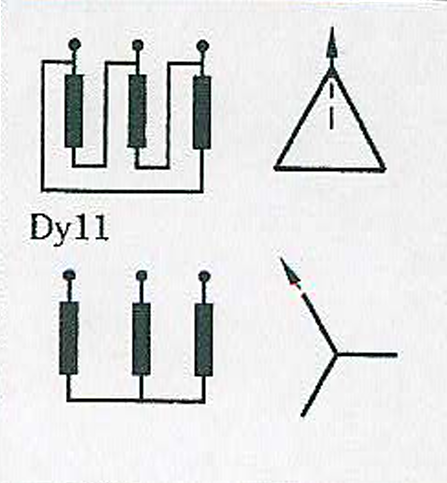Delta vs. Wye: Understanding Electrical Connections
In the realm of electrical engineering, understanding the distinctions between Delta and Wye configurations is crucial for designing and managing power systems. Each connection type has unique characteristics that make it suitable for specific applications. This article will delve into the key differences between these two configurations, focusing on their practical applications and advantages.
Practical Applications and Advantages
Delta and Wye configurations are both used to connect three-phase systems, which are common in industrial and commercial power distribution. The Delta configuration, characterized by a triangular setup where each phase is connected end-to-end, is renowned for its ability to handle high current loads. This makes it ideal for applications requiring robust, high-power transmission. One significant advantage of the Delta configuration is that it provides a path for circulating currents that can help maintain system balance even if one phase fails, thus enhancing the system’s reliability.
On the other hand, the Wye (or Star) configuration connects each phase to a common neutral point. This setup is particularly advantageous for systems where the voltage needs to be stabilized for various applications, as it allows for both line-to-line and line-to-neutral voltages, making it highly adaptable for different power needs. The presence of a neutral point reduces the insulation stress and is inherently safer, which is why Wye configurations are commonly used in residential and office buildings where safety and stability are priorities.
Each configuration serves distinct purposes in electrical systems, and the choice between Delta and Wye depends largely on the specific requirements of the application, such as load conditions, safety considerations, and voltage requirements.

